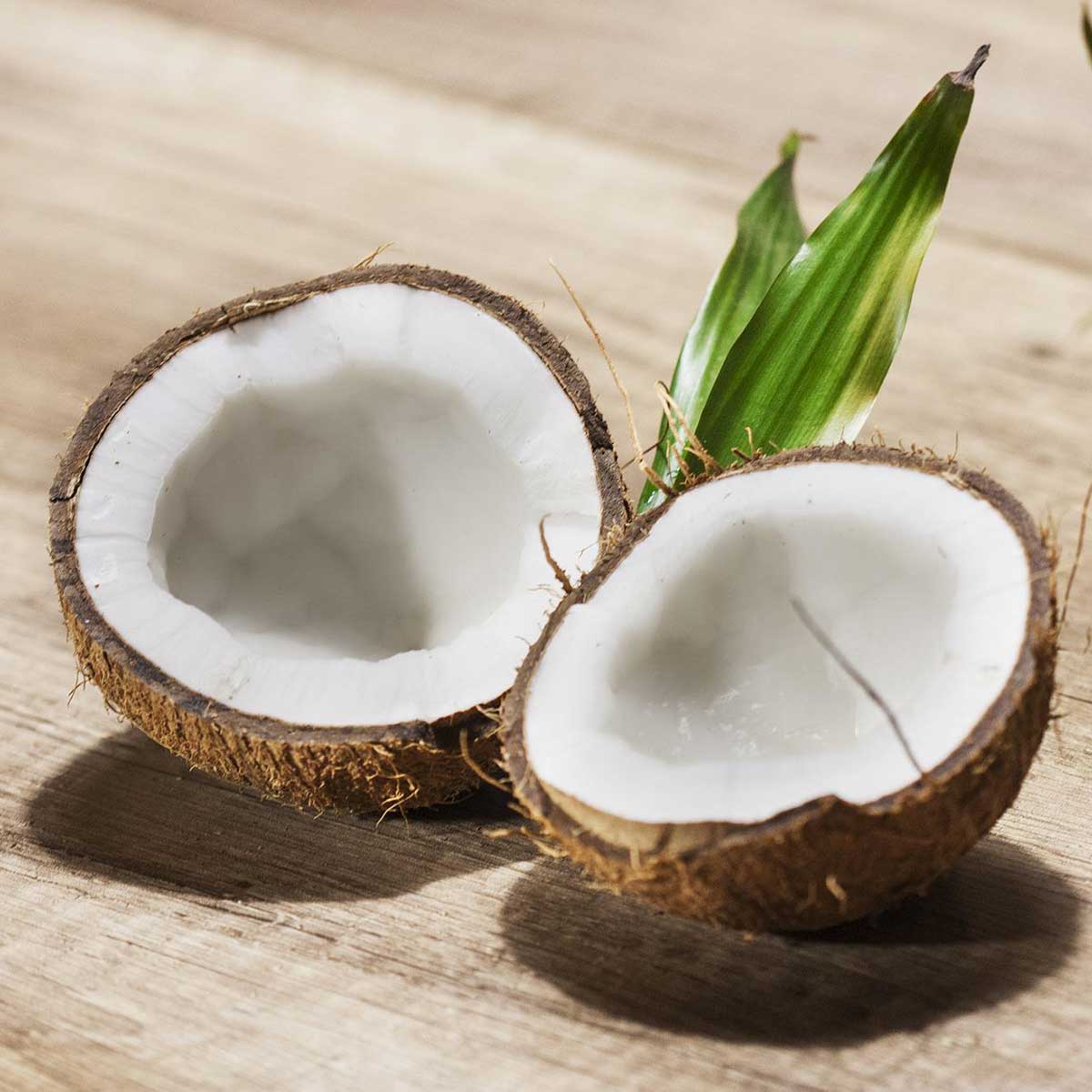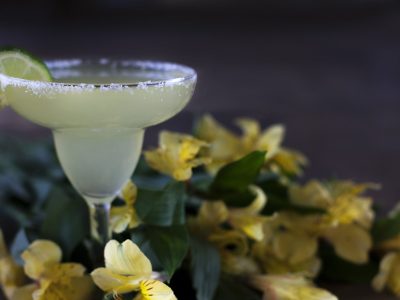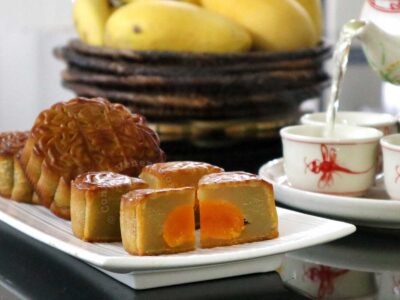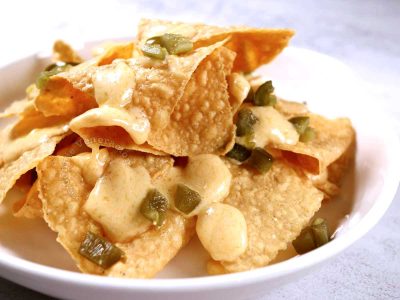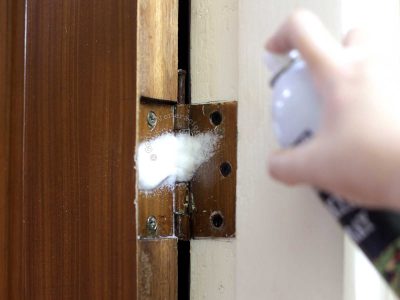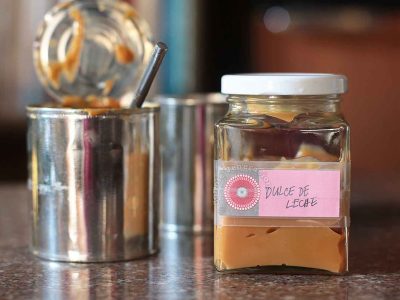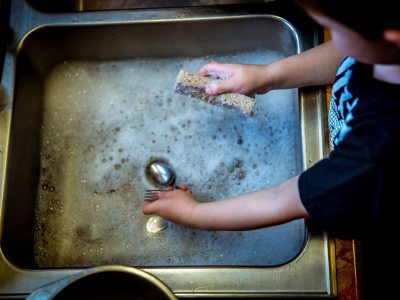The coconut husk is made into floor polisher, the fronds are crafted into brooms, the leaves are woven into baskets, cocopeat is a growing medium for plants and coconut oil is used for making soap.
The coconut husk as a floor polisher
When I was a kid, that was what the housemaids used to clean the wooden floors in the bedrooms. “Bunot”, we called it. The funny thing is the superstition attached to its use.
According to the oldies, women of child-bearing age who used the “bunot” to polish the floors were in danger of becoming sterile. The repetitive motion, they said, caused the uterus to drop lower inside the body.
It was all nonsense, of course. But it’s giggly funny when you hear the old ones make the warning. Most housewives and housemaids during my parents’ and grandparents’ generations used the “bunot” on a regular basis and they were generations when having less than four children was considered having too few.
My grandmother had seven siblings. My father-in-law had 11 brothers and sisters altogether. My mother-in-law — three brothers and two sisters. Baby boomers. And regular use of “bunot” did not hamper reproduction.
Coconut fronds are made into brooms
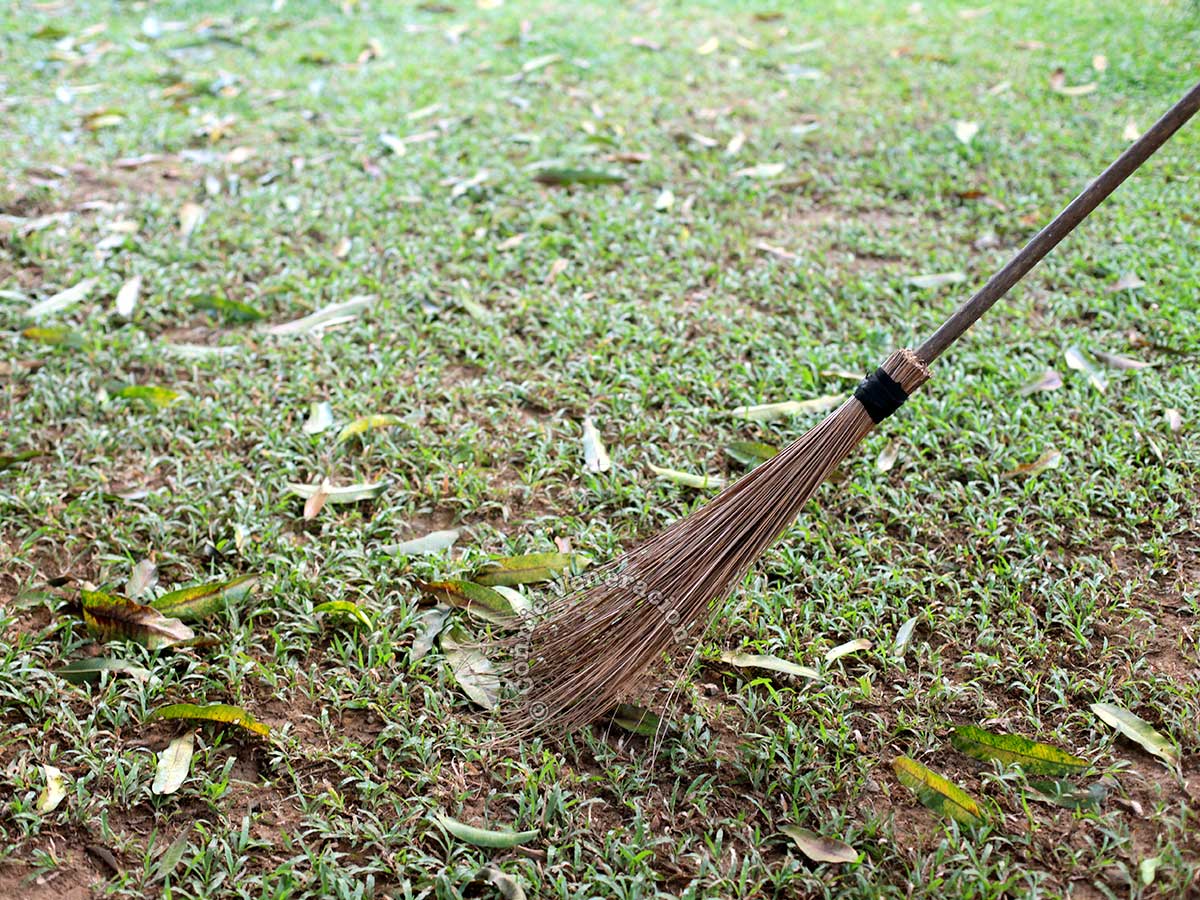
Another cleaning tool made from parts of the coconut tree is the walis tingting. Unlike the “bunot” which has mostly gone out of favor and fashion, the walis tingting is still widely used today. Walis means sweep; tingting means stick. There are two varieties — with and without the broomstick. It’s Southeast Asia’s version of the western besom.
You’ve seen something similar inHarry Pottermovies, right? But while western besoms are made with twigs, the Philippine (also India, Malaysian and Indonesian) version is made with the ribs of coconut fronds. We use it to sweep fallen leaves outdoors (no, we don’t use rakes for that purpose). Occasionally, thewalis tingtingwith long stick is also used to remove cobwebs on ceilings and higher portions of walls.
Which part of the coconut tree does thewalis tingtingcome from? Here’s an illustration.
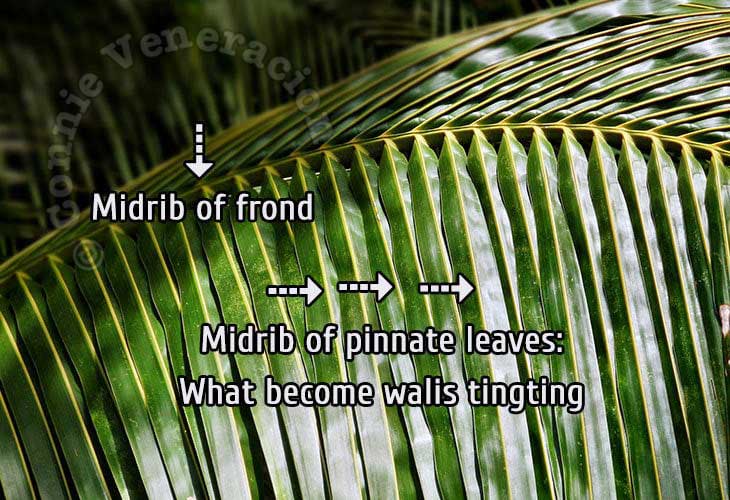
Before there iswalis tingting, there are coconut fronds. If you want to be puritanical about it and restrict the use of the term “frond” to ferns, then, let’s call them the coconut’s pinnately divided leaves. Pinnate, meaning, multi-divided like a feather. You can just Google the terms “frond” and “pinnate”. I did. I’m no botanist but I want to be able to use the right terms to describe how thewalis tingtingis made.
In the photo, the arrow on top points to the midrib of the entire coconut leaf. That DOES NOT go into makingwalis tingting. Rather, it is midribs of the pinnate leaves that are bunched and held together on the fat end to form thewalis tingting.
What happens to the left and right portions of the pinnate leaves? When I was a kid, we cooked rice in them.
The coconut leaves as rice baskets
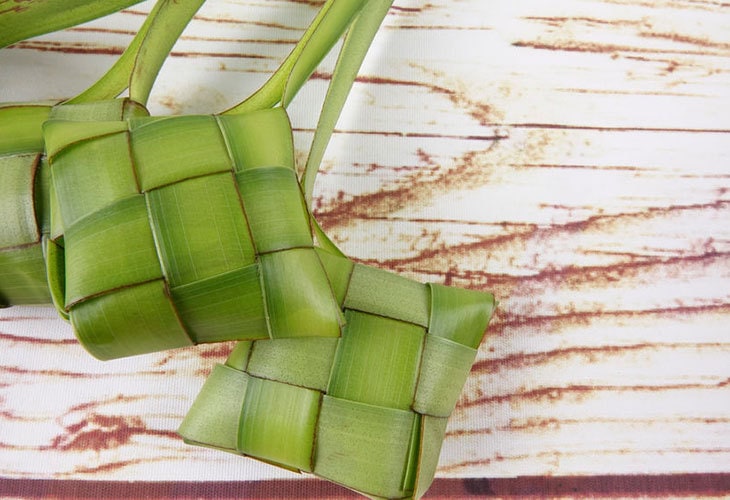
The baskets were half filled with rice, lowered into a pot of boiling water and, half an hour or so later, they were pulled out and the cooked rice was unwrapped.It was a rare treat when we did this. My father bought the baskets ready-made and all we had to do was fill them with rice.
This method of cooking rice is known by various names in the different regions of the Philippines. It is also a cooking method in Malaysia, Indonesia and Brunei.
(Note that the coconut leaves are not edible. They just serve as a receptacle in which to cook the rice.)
We were all so eco-friendly back then, weren’t we? Natural and biodegradable floor polisher, broom and baskets to cook rice in.
Well, we can still aim for more “natural” and being a bit more eco-friendly today.
Coconut peat for gardening
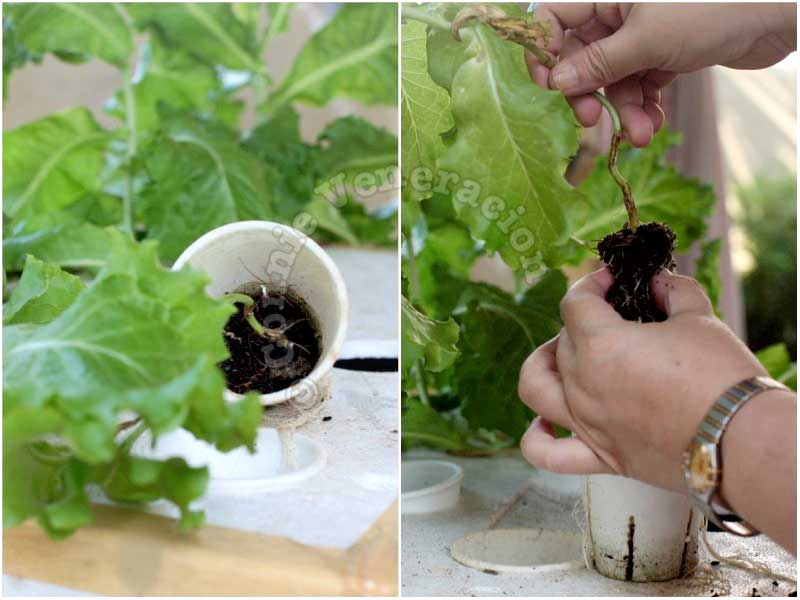
What is coconut peat? More popularly referred to as cocopeat, it is an organic growing medium made from coconut husks. We used it when we tried hydroponic gardening.
There are so many questions on the web about how effective cocopeat is as a growing medium so I’m just leaving the photos here of the lettuce we harvested to attest to its effectivity. Two characteristics make it a good growing medium:
- Its ability to retain water which makes it ideal during hot summer months and
- Its fibrous texture allows air to circulate better and that’s a good thing for the roots of the plant.
The rest, you can Google. There are tutorials out there for making cocopeat at home!
Coconut oil for making soap
Aside from cooking, we have other uses for coconut oil at home. Past and present.
My grandmother always had a supply of homemade pure coconut oil which she used as a body moisturizer. She also had this theory that applying coconut oil to the scalp once a week or so made the hair thicker.
We don’t use pure coconut oil directly on our skin today but we do acknowledge its moisturizing properties.
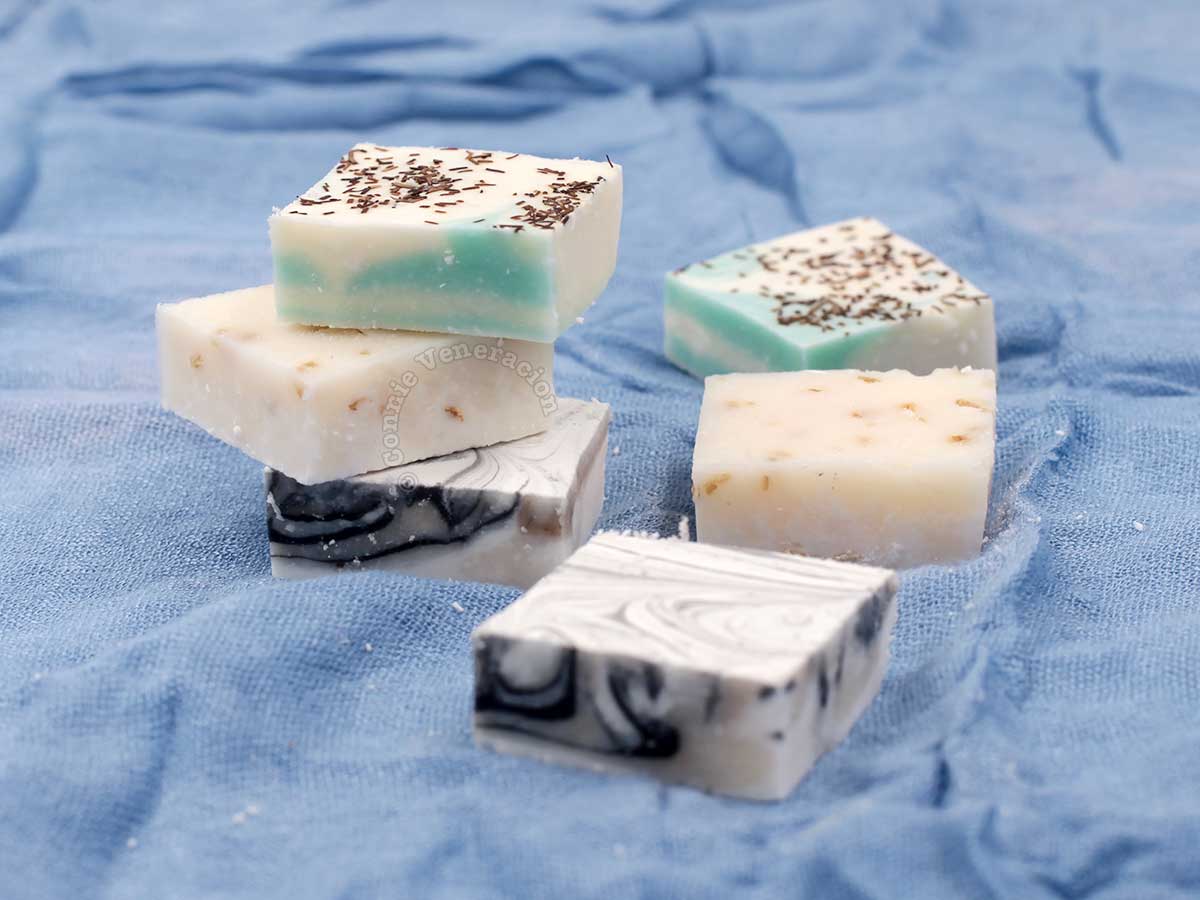
My husband, Speedy, makes bath soap. He uses several kinds of oil and one of them is coconut oil. Soap made with coconut oil tends to be harder. Because it is more water soluble than other oils, it also lathers easily.

